Low Dose Naltrexone (LDN)
In 1984, the National Institute on Drug Abuse finished the development of naltrexone as an adjunct to treating heroin addicts. Its purpose was to block the heroin high with the hope that it would become a very useful treatment for heroin addicts.
Dr Bernard Bihari during this time was a nationally recognized leader in the treatment of drug addiction. He noticed that when dosing at the recommended 50mg or 100mg, patients complained of significant side effects. So Dr Bihari began experimenting with lower doses. What he discovered was that side effects diminished significantly without losing its effectiveness. He also noticed as he was treating addicts that this low dose naltrexone caused the body to triple its production of endorphins. Endorphins are the hormones that heroin mimics. They have a number of functions in the body such as relieving pain, fear, and anxiety.
When an animal is attacked in the jungle, his body will respond by pouring out large amounts of endorphins. The endorphins in that situation relieve pain when the animal is injured so that he is not distracted. These hormones also relieve the fright. And, most importantly, they boost the immune system to where the immune cells double very quickly. This is important if the animal gets injured as it’s much less likely to get infected and provides for better would healing.
LDN for AIDS
In 1985 as Dr Bihari saw the AIDS epidemic expanding, he decided to shift his research energies from addiction to AIDS. His research found that with AIDS patients, their endorphin production was less than 30% of normal. Thus the hormones that people with AIDS needed the most to have the immune system fight the virus were lacking. On administering just 3mg of Naltrexone he found endorphin production increased by 300% within 3 hours. This tripling of endorphin persisted as long as the Low Dose Naltrexone (LDN) was taken consistently.
After raising a million dollars, he conducted a double blind study where one group of AIDs patient received placebo and the other group LDN. After only 9 months it became clear that people on LDN were doing much better than the people on the placebo. They had many fewer deaths and many fewer opportunistic infections that are the cause of death for people with AIDS. Their immune system cells, particularly T-helper cells which are damaged by HIV, dropped significantly less in people on LDN.
LDN for Treating Cancer
His interest and research then expanded into cancer. Dr Bihari was aware of studies in which mice with lymphoma were given LDN which contributed significantly to remission. They found this to be true of almost every cancer type – pancreatic, colon, head and neck, and Hodgkin’s to name a few. The endorphins triggered by LDN were found to cause apoptosis (programmed cell death). Chemotherapy also works through apoptosis, but through a different mechanism, and unlike LDN attacks not only cancerous cells but also healthy cells.
As Dr Bihari treated patients through the years he found that LDN was very beneficial in treating all autoimmune diseases such as MS, RA, and Crohn’s disease.
When asked if he takes LDN his response was “I’ve been taking it for several years, because my grandfather died of colon cancer. My wife takes it because of a very strong family history of breast cancer.”
In the 15 years of incorporating Low Dose Naltrexone in my practice I have found it to be a godsend to those who suffer from autoimmune diseases, inflammation, pain, seasonal allergies, mood dysregulation, neurological conditions, and cancer.
What Diseases and Cancers Benefit From LDN?
Cancers
- Bladder Cancer
- Breast Cancer
- Carcinoid
- Colon & Rectal Cancer
- Glioblastoma
- Liver Cancer
- Lung Cancer (Non-Small Cell)
- Lymphocytic Leukemia (chronic)
- Lymphoma (Hodgkin’s and Non-Hodgkin’s)
- Malignant Melanoma
- Multiple Myeloma
- Neuroblastoma
- Ovarian Cancer
- Pancreatic Cancer
- Prostate Cancer (untreated)
- Renal Cell Carcinoma
- Throat Cancer
- Uterine Cancer
Other Diseases
- Common Colds (URI’s)
- Seasonal allergies
- Emphysema (COPD)
- HIV/AIDS
- Depression (Major; and Bipolar)
- Lyme Disease (LATE Stage)
Autoimmune / Neurodegenerative:
- ALS (Lou Gehrig’s Disease)
- Alzheimer’s Disease
- Autism Spectrum Disorders
- Hereditary Spastic Paraparesis
- Multiple Sclerosis (MS)
- Parkinson’s Disease
- Post-Polio Syndrome
- Post-Traumatic Stress Disorder (PTSD) ⇒
- Primary Lateral Sclerosis (PLS)
- Progressive Supranuclear Palsy
- Transverse Myelitis

